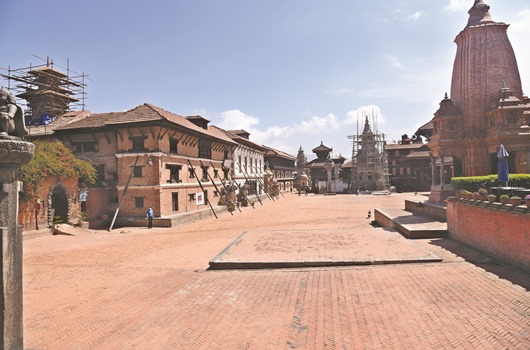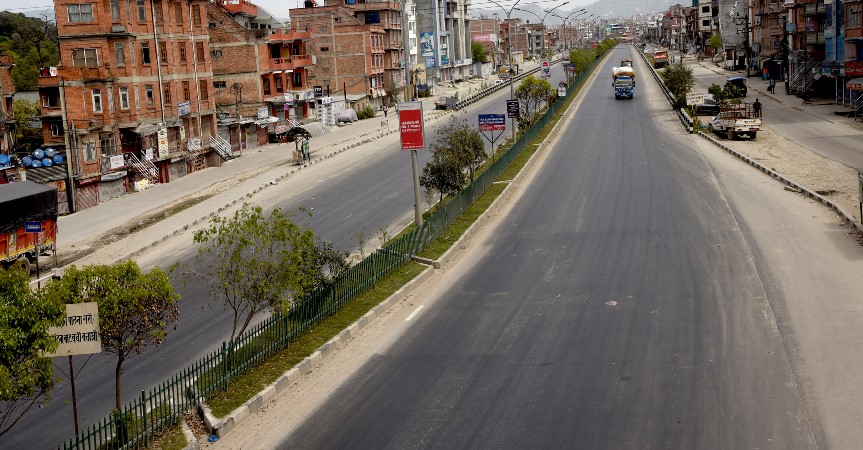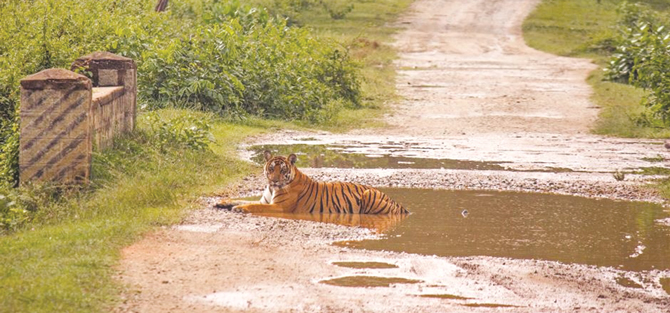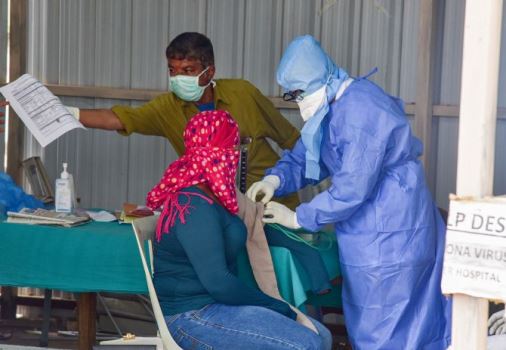Women, dalits more vulnerable to climate change: experts
By Indira Aryal, Kathmandu, Mar. 8: Women, indigenous people, dalits, senior citizens, disabled and people staying in the mountainous region are more vulnerable to the impacts of climate change, experts have said.
Climate change is one of the much talked-about issues globally today. It is posing a big threat to environment, hitting hard the areas like forest, water and agriculture in Nepal.
“Women and indigenous people are more vulnerable to climate change,” said Dr. Maheshwor Dhakal, climate change division chief at the Ministry of Forest and Environment.
Measures at different levels are needed to address the woes of these people. Dhakal said in this regard that the government is focusing on implementation of international convention and agreements along with national policies and plans.
The government also adopted Climate Change Policy 2076 with the objective of providing policy guidance to various levels and thematic areas towards developing a strong society by reducing the risk of climate change impacts.
“Despite its slight contribution to total global emissions of greenhouse gases, our country has high risks of adverse effects of climate change,” Dr. Dhakal said.
Climate-induced hazards that are expected to increase in the future include more erratic rainfall, flash floods, drought, forest fire, and landslides.
Our country is more vulnerable than many other countries to climate change because of factors such as high poverty and low adaptive capacity.
“If proper action is not taken now to build resilience and raise adaptive capacity, climate impacts are likely to be exacerbated in the future,” he said.
To create a global path towards climate action, UN Climate Conferences known as COP are being held every year.
The government participated the latest such conference in Spain’s Madrid in December 2019. The conference laid emphasis on three areas -- climate finance, technology transfer, and sharing of best practices.
The unique needs and circumstances of the fragile mountainous region also fall in priority.
In the follow up on June 2020, the government will present its agenda focusing on specific mountain agenda urging the developed countries to invest in them, said Spokesperson at the Ministry of Forest and Environment Sindhu Prasad Dhungana.
Not every citizen from every region will be affected in same seriousness by the climate change. It effects are more severe on women, indigenous people, Dalits, senior citizens, people with disability, backward population and people staying in the mountain regions,” Dhungana said.
Nepal is among the 47 least developed countries more affected by the climate change and the international programmes and policies should be formulated to address the problems faced by these countries said, Dhungana.
Topographical diversity, fragile geological structure, sensitive ecosystems and diversity of climate and micro-climate zones are the main reasons for the climate change impacts in Nepal.
Similarly, poverty, illiteracy, social differences as well as high dependence of community on natural resources for livelihood have made the country more sensitive towards the impacts of climate change.
Director General at the Department of Environment Aabha Shrestha Karna said that there is a correlation between environment and gender as well.
“When gender inequality is high, forest depletion, air pollution and other measures of environmental degradation would also be high,” she added.
Shrestha said that special financial mechanisms for ‘loss and damage’ should be established to provide compensation for the victims of climate change.
“An ambitious plan of action is needed to tackle the challenges of our current global climate crisis in order to secure the survival of present and future generations,” Dr. Dhakal said.
According to Dr. Dhakal, Nepal has been actively performing the activities related to climate change management ever since it became a party to the United Nations Framework Convention on Climate Change (UNFCCC) in 1994.
Climate change adaptation projects identified by the National Adaptation Programme of Action (NAPA) developed in 2009 are also on its move towards minimising climate change.
Recent News

Do not make expressions casting dout on election: EC
14 Apr, 2022
CM Bhatta says may New Year 2079 BS inspire positive thinking
14 Apr, 2022
Three new cases, 44 recoveries in 24 hours
14 Apr, 2022
689 climbers of 84 teams so far acquire permits for climbing various peaks this spring season
14 Apr, 2022
How the rising cost of living crisis is impacting Nepal
14 Apr, 2022
US military confirms an interstellar meteor collided with Earth
14 Apr, 2022
Valneva Covid vaccine approved for use in UK
14 Apr, 2022
Chair Prachanda highlights need of unity among Maoist, Communist forces
14 Apr, 2022
Ranbir Kapoor and Alia Bhatt: Bollywood toasts star couple on wedding
14 Apr, 2022
President Bhandari confers decorations (Photo Feature)
14 Apr, 2022








